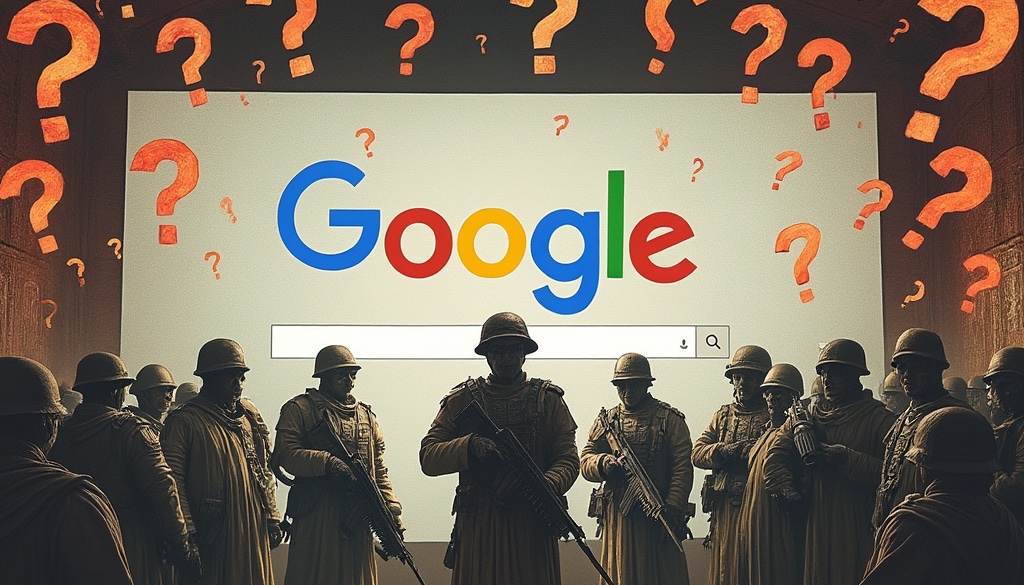
On Car Seats and Censorship
- Martin Enlund
- 12/27/24
Fertility rates in Western countries have fallen to historically low levels in recent years - not a single Western country had a fertility rate above the replacement rate in 2023. The replacement rate being 2.1 children per woman. The driving forces are said to be several, such as better pension systems, increased demands for education, more women in the workforce, the fiat monetary system, and so on. However, it can be argued that the driving forces are rather few. Perhaps many can be summarized with the concept of “unpredictable consequences”. For who were those who, in their time, predicted that a more generous pension system, more years in school, or more women in the workforce would lead to a veritable collapse in birth rates?
Our societies - just like the climate or the immune system - are examples of what science calls complex systems. The behavior of these systems extends far beyond the sum of their components. The concept of “emergent properties” comes into play here. These properties become difficult to predict and model due to the interdependence and interaction between their components. A small intervention can cause profound and unexpected consequences, which in popular parlance is called the butterfly effect. Instead, one must count on unpredictable consequences if - or when - one tries to influence the behavior of these systems.
In the case of birth rates, there are indications that the low birth rates can be partly attributed to legislation on child car seats. American researchers argue in a draft research paper that the negative effects on birth rates from stricter child seat legislation are in the same league as the effects from compulsory education. The latter resulted in a significant reduction in birth rates among teenage women.
In this case, the researchers found that women who already had children in the age range for which the use of child car seats was mandatory had a lower propensity to give birth during a given year. They mentioned a decrease of 8% compared to all women who had two children. The effect was limited to births of just a third child and for households with cars. They emphasized that child seat legislation had prevented approximately 57 child fatalities in car accidents in 2017. However, it is still remarkable that the legislation seems to have prevented around 8,000 births (and a total of 145,000 fewer births since 1980).
The author and literary critic G.K. Chesterton is perhaps best known for the concept of Chesterton’s fence: before tearing down a fence, one should fully understand its original purpose and function.
If a seemingly straightforward law on child car seats can have such far-reaching and unpredictable consequences, why should we trust the experts who tell us that tearing down the fence censoring free expression will be a good thing? Perhaps it’s time for the expert class to study complexity, and for the rest of us to question the authority of those who claim to know what’s best for us.
Cover image: AI


